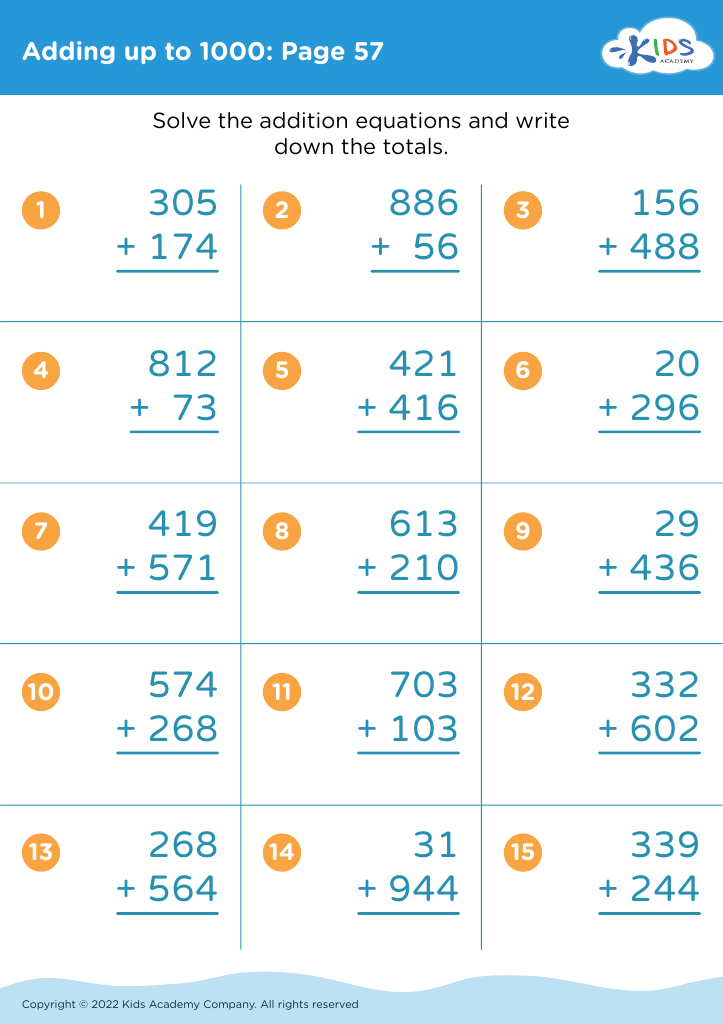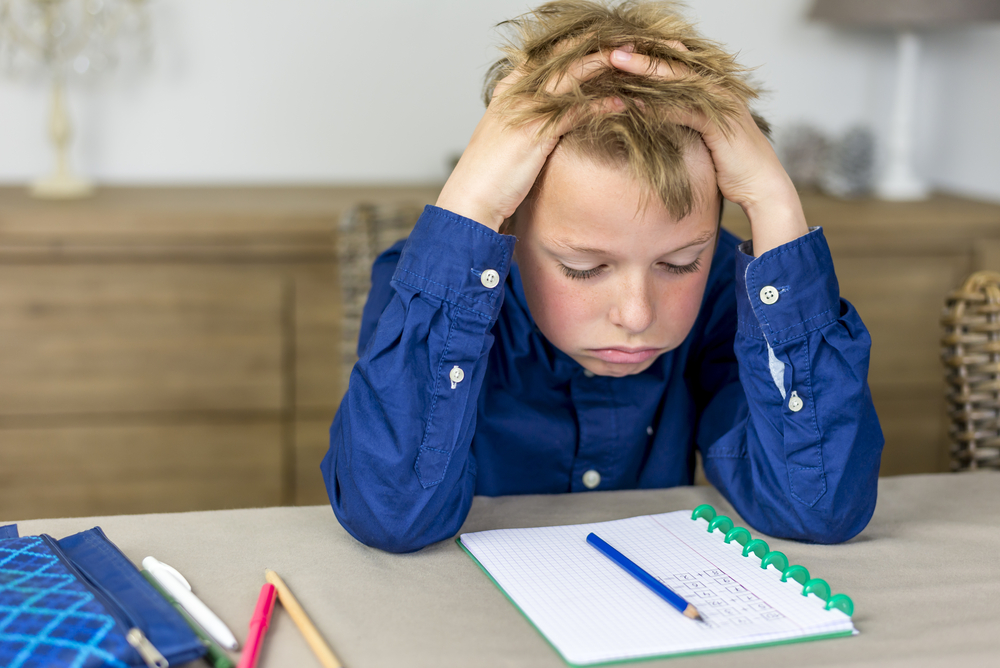Shape identification Addition Worksheets for Ages 6-7
13 filtered results
-
From - To
Discover our engaging Shape Identification Addition Worksheets designed specifically for kids aged 6-7! These interactive resources combine math and geometry, helping young learners recognize and classify shapes while practicing addition skills. Each worksheet features fun illustrations and challenging problems that promote critical thinking and enhance problem-solving abilities. Perfect for home or classroom use, these exercises facilitate a hands-on learning experience that keeps children motivated and excited about math. With a range of activities tailored to varied skill levels, our worksheets ensure personalized learning pathways. Equip your child with essential math skills in a fun and playful way! Download now and watch them thrive!
Shape identification and addition are critical components of early math education for children aged 6-7. Understanding shapes fosters spatial awareness, which is foundational for many advanced math concepts. When children learn to identify and classify shapes, they enhance their observational skills and develop critical thinking, enabling them to see the world around them more analytically.
Moreover, integrating shape identification with basic addition introduces children to geometric concepts in a playful way. This not only makes learning engaging but also enhances their cognitive abilities. For instance, using shapes in addition problems allows students to visualize and manipulate the objects, building a stronger understanding of addition, as they learn to perceive numbers as quantities represented by these shapes.
Additionally, mastering these skills supports various educational standards and prepares students for complex mathematical concepts in higher grades. As parents and teachers nurture these foundational skills, they are setting their students up for academic success while also promoting enthusiasm for math. By focusing on both shape identification and addition, adults can create enriching, engaging, and meaningful learning experiences that are vital for a child’s cognitive and social development, fostering a love for learning that extends beyond the classroom.



































